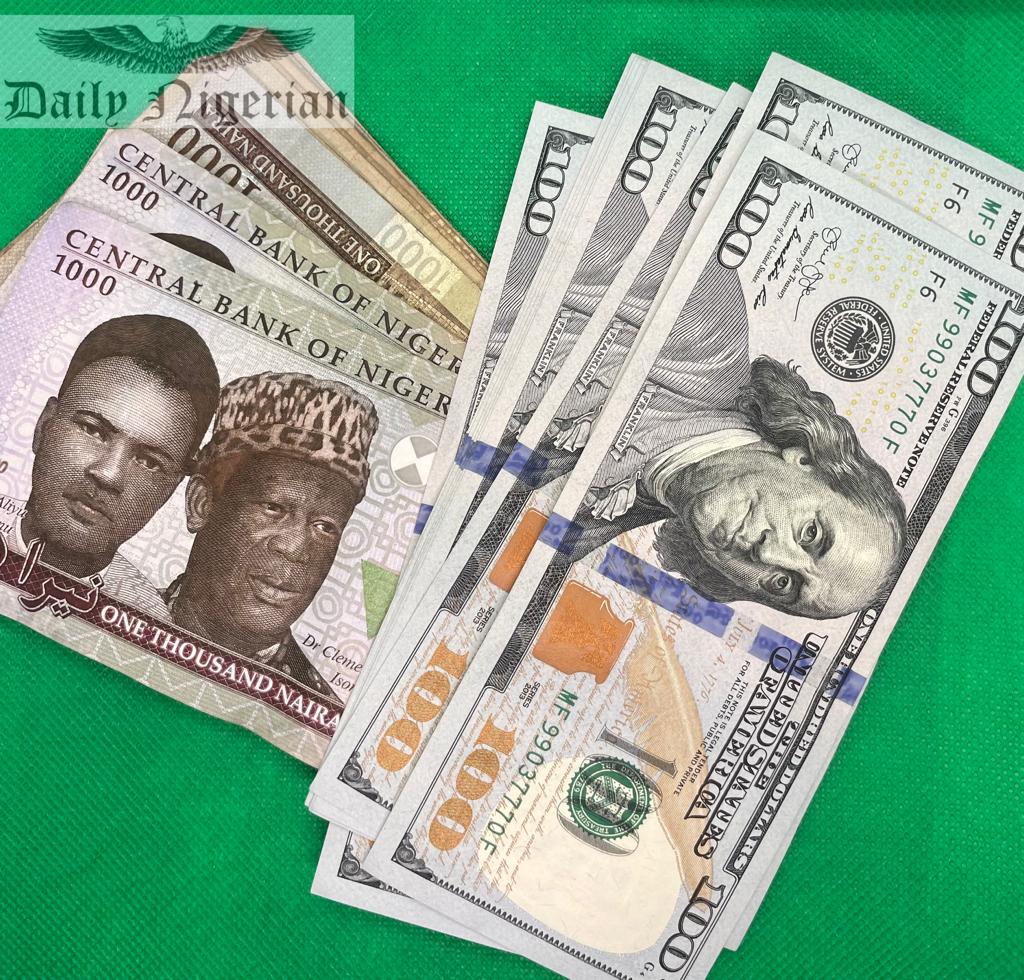The International Monetary Fund, IMF, has observed signs of growing stability in Nigeria’s currency, the naira, citing recent interest rate hikes and efforts by the Central Bank of Nigeria, CBN, to clear foreign exchange backlogs as factors responsible.
IMF financial counsellor and director of monetary and capital markets, Tobias Adrian, disclosed this during a press briefing held in Washington, D.C., on Tuesday.
According to the IMF, “In Nigeria, rate hikes and the clearing of overdue domestic central bank foreign exchange obligations have helped the naira show more signs of stability.”
Mr Adrian also acknowledged the CBN’s efforts in combating inflation and improving the forex market’s performance.
He said: “The central bank has been transitioning to an inflation-targeting regime and has liberalised the exchange rate, which we welcome.”
Mr Adrian further highlighted the importance of the CBN’s rate increases, adding, “The rate hikes implemented so far have been appropriate, especially given the challenges posed by high inflation, which still stands around 30 per cent.”
DAILY NIGERIAN reports that despite recent improvements, the naira continues to face difficulties, with exchange rates in the parallel market fluctuating between N1,700 and N1,600 per dollar, while in official trading windows, it has stabilised between N1,500 and N1,600.
On October 16, a World Bank report identified the naira as one of the weakest-performing currencies in sub-Saharan Africa.
The report attributed this to a persistent demand for dollars coupled with limited dollar inflow, which has led to continued depreciation of the naira in recent months.






